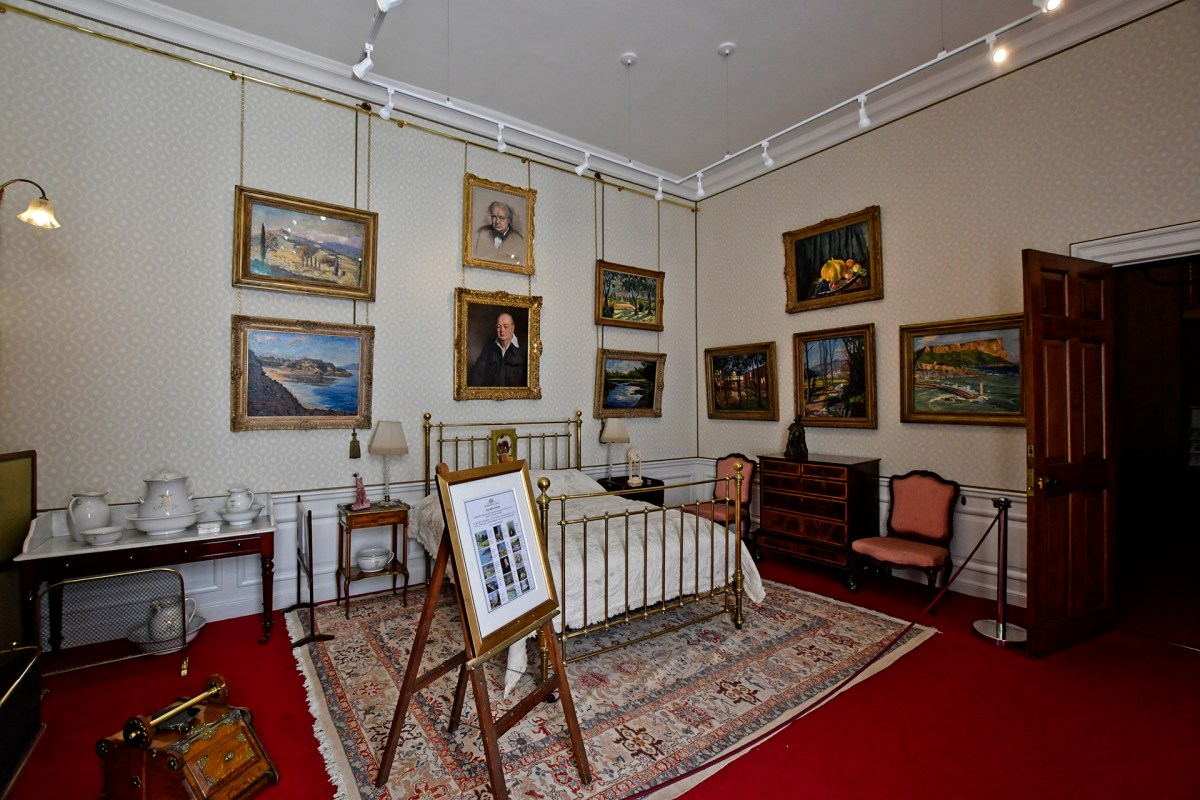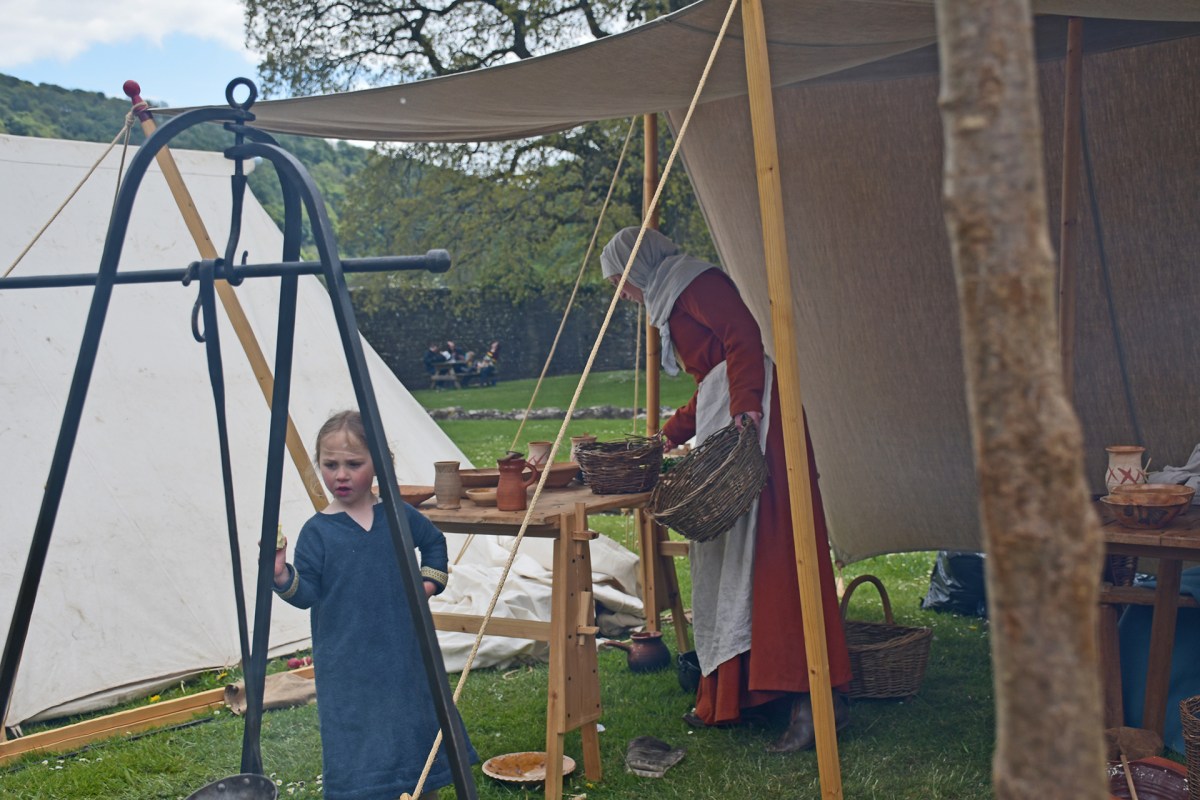A Tiny Church And A Grand Cathedral


Our third day in Wales was spent in two churches (one actually an abbey) that were similar only in their antiquity.
The first was in St. Cadoc at Llancarfan, a small, charming village in the heart of Vale of Glamorgan. The church happened to be right next door to the Fox and Hounds, the small, charming inn where we had spent a lovely and well-fed three days. We visited St. Cadoc’s after yet another fine breakfast at the inn. And, as luck would have it, an official of the church was there giving friends a tour, a tour in which he graciously included us.
The Vale of Glamorgan was an important center of Christianity in Britain. As early as 650, St. Cadoc founded a monastery there, and by the Ninth Century, Llancarfan was a thriving center of learning. Attacks by the Danes didn’t break the monastery’s power, but the Norman invasion did. The present church, built near 1200, was named in honor of St. Cadoc, and has served its community ever since.
In 2005, the roof of the small church needed to be replaced and some lime was knocked off a wall, revealing a “red line” that hinted at a wall painting beneath. Since the church is on the national list of Grade One buildings — one of 2.5 percent of listed buildings deemed “of exceptional interest” — only conservationists could investigate and recommend further action.
On Shrove Tuesday, 2008, a skilled team uncovered the first look at the church’s painting of St. George and the Dragon, below more than 20 coats of lime wash. It’s considered one of the finest paintings of its kind in Britain, and further explorations uncovered Death and the Gallant, the Seven Deadly Sins, and the Several Acts of Mercy, in varied stages of preservation. (For history and art buffs, the story, and results of the reveal, are featured on St. Cadoc’s website at stcadocsllancarfan.co.uk/murals-and-carvings/4594290883 and include a short documentary and many slides.)
We planned our next stop simply because it seemed easy to make, as we drove toward the Cotswolds, where we had booked a B&B in Cirencester as our base for continuing to explore England. So, conveniently, we headed for Tintern Abbey, which turned out to be, in its way, as splendid as Stonehenge — truly breathtaking. We had yet another stroke of luck in our day of discoveries, for there was a small medieval fair going on that same day.
Actors portraying Lord and Lady Chepstow — he was chief benefactor to the Abbey — were there on horseback, tradesmen and their families camped about in tents, a quiet monk strolled about carrying his large bible, and musicians played and sang and danced to medieval tunes.
But the real wonder is the structure itself. Soaring walls and pillars rise majestically into the sky, and colossal arched window frames, long void of stained glass, cast light and shadow in much the same way as England’s famed stone circle.
Tintern began a bit earlier than St. Cadoc’s — the abbey was built in 1131 and, around 1220, the abbey was virtually rebuilt, on a much larger scale than the original buildings. Between 1269 and 1301, the cathedral itself was erected. And a grand cathedral it is. Its floor today is a lush carpet of green grass, providing an excellent contrast to the gray stones that tower above.
Unlike its contrasting counterpart in Llancarfan, Tintern was only in use until 1536. On the September 3, 1536, the great abbey at Tintern on the Welsh bank of the River Wye was dissolved under orders from King Henry VIII. The destruction of the abbey was part of Henry’s dissolution of the monasteries following his break from Rome and the Catholic Church. It was also part of an enormous money-making scheme that brought wealth and land to the monarchy. And so, over the centuries, the magnificent structure became the magnificent ruin we see today.
Tintern has inspired many — William Wordsworth penned “Lines Composed a Few Miles above Tintern Abbey,” Allen Ginsberg’s “Wales Visitation Poem” aptly describes “clouds passing through skeleton arches of Tintern Abbey,” and JMW Turner painted many views of the imposing structure. Be sure to look online at www.indyeastend.com for more photos of this place of light and shadow.
After an amazingly good lunch in The White Monk, a tiny, crowded spot right by the Abbey, we headed for the Cotswolds. From our base in Cirencester, we would branch out to Oxford, to Stratford-on-Avon, to Blenheim Castle, and more during our travels in Britain.
olddogsnewtrips@gmail.com





























